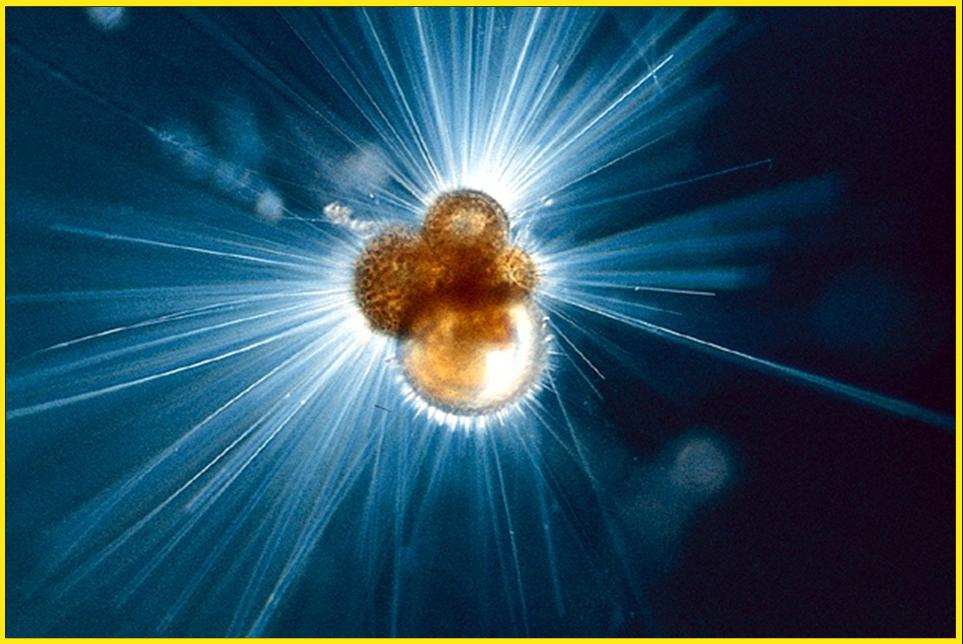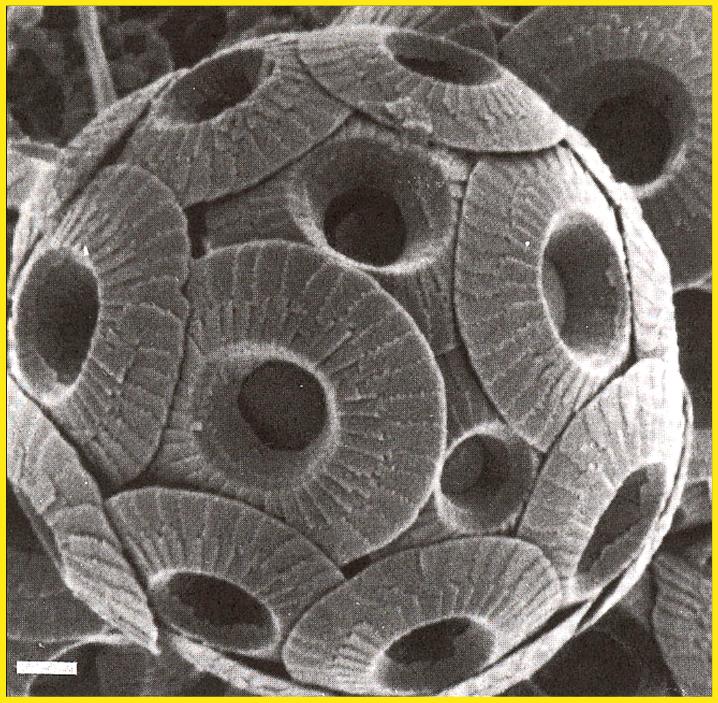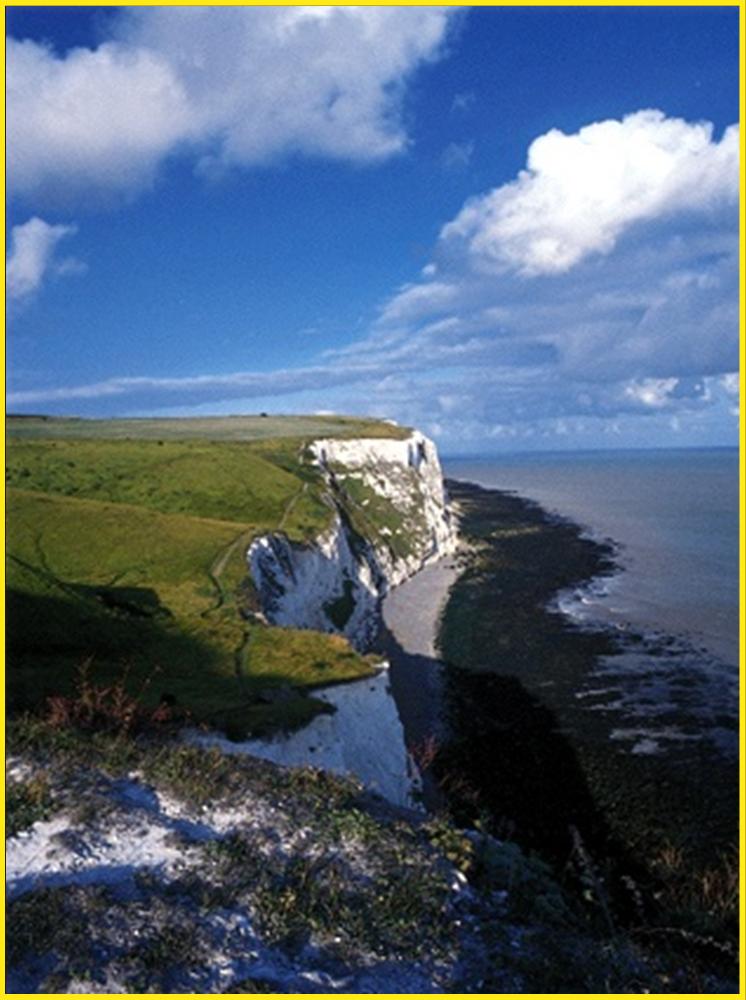Igneous Rocks
Igneous rocks are rocks that have solidified from magma. Magmas that cool beneath the surface result in plutonic igneous rocks (Pluto was the god of the underworld in Roman mythology). Plutonic igneous rocks are also referred to as intrusive. Magmas that reach the earth's surface are referred to as lava. Cooling of lavas results in the formation of volcanic igneous rocks, also referred to as extrusive igneous rocks. Seafloor spreading is the process responsible for creating the largest volume of extrusive igneous rocks. Unlike sedimentary and metamophic rocks, igneous rocks are not directly created from the remnants of pre-existing rocks. Even if some of the magma that forms a particular igneous rock might have come from a pre-existing rock, no identifiable characteristics of the pre-existing rocks are preserved in a newly cooled igneous rock.
The photo to the right shows a volcanic (extrusive) igneous rock. Minerals that compose the rock are clearly much smaller and many could be seen with a magnifying lens or microscope. (Photo taken on beach at north edge of Lake Huron, Ontario, Canada).
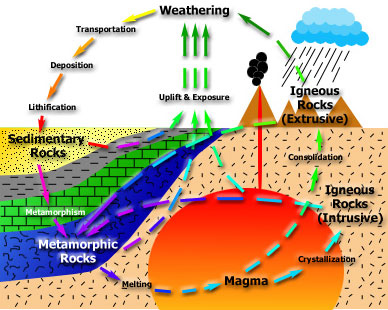 (Graphic
taken from the Mineralogical Society of America Web site)
(Graphic
taken from the Mineralogical Society of America Web site)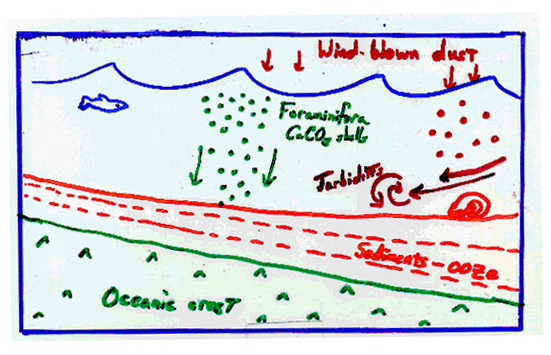
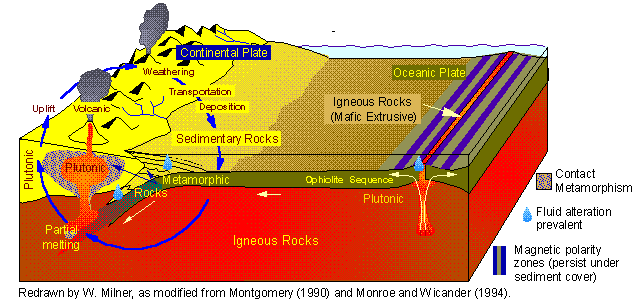
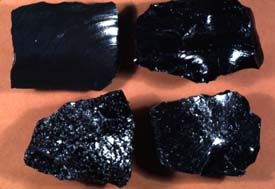
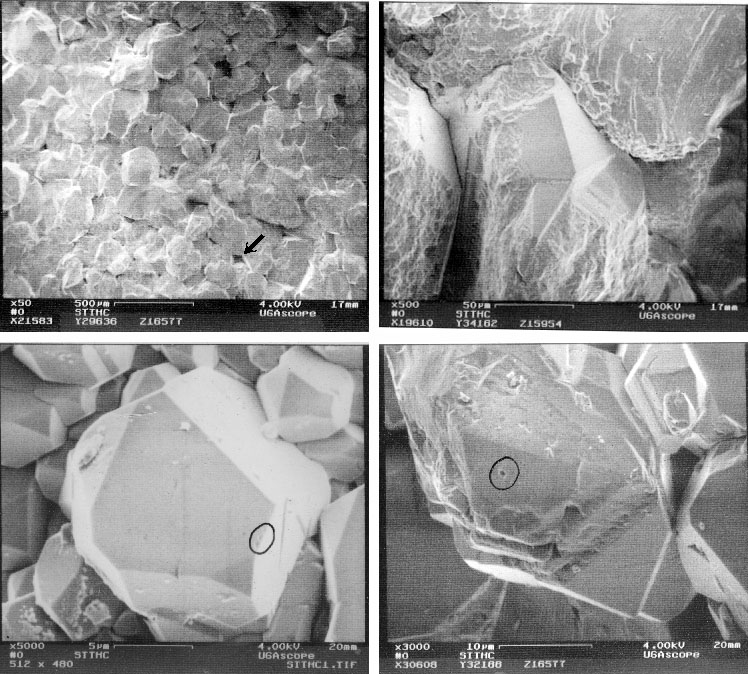
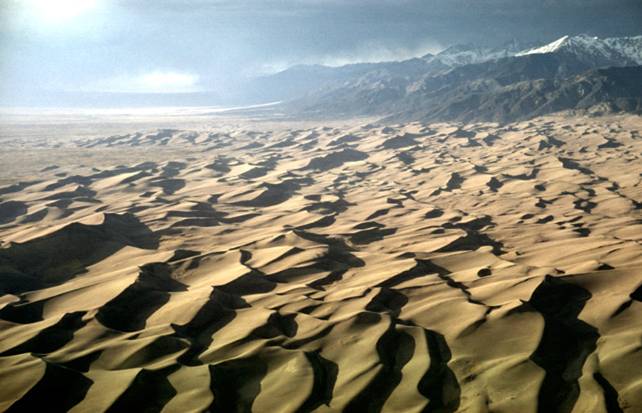
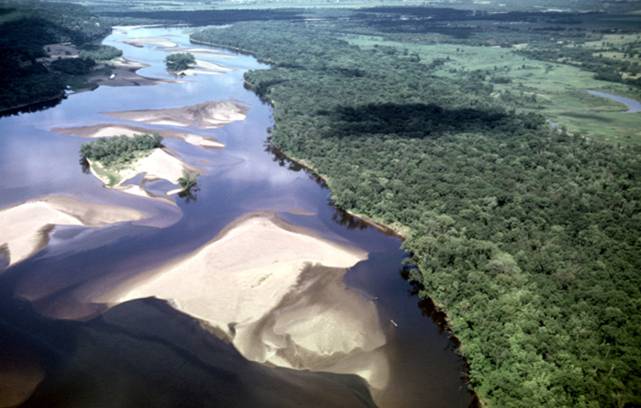
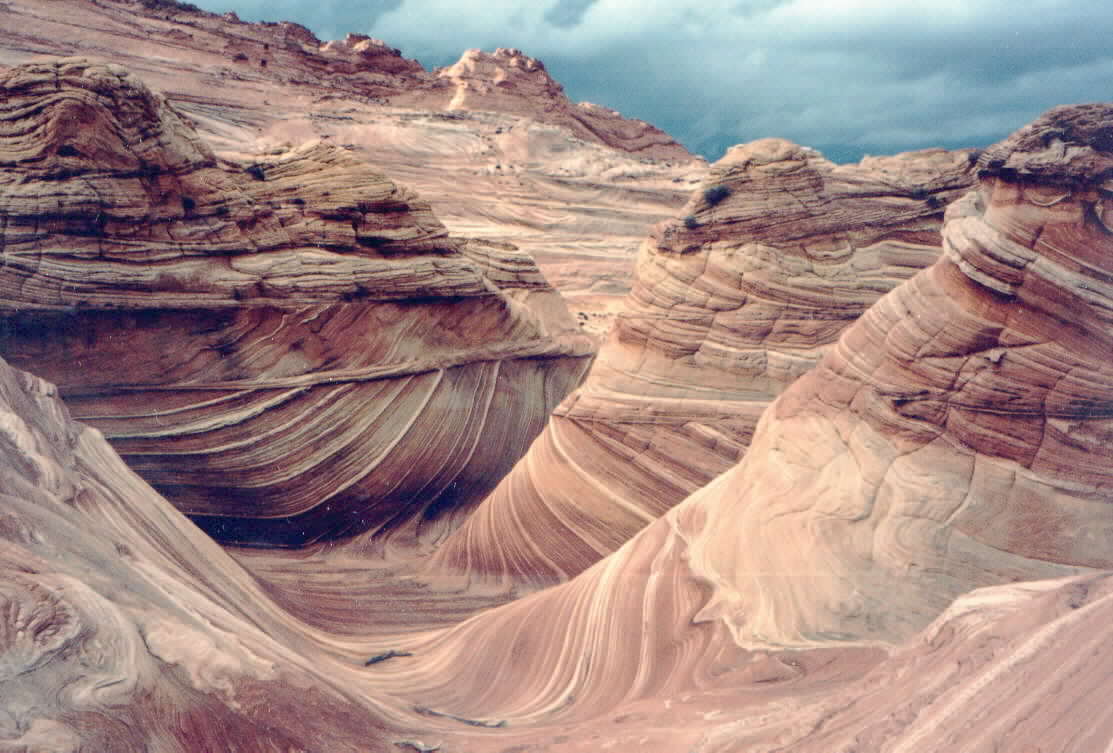 Vermillion
Cliffs, Arizona, Photo credit– Thomas F. Osborne.
Vermillion
Cliffs, Arizona, Photo credit– Thomas F. Osborne.